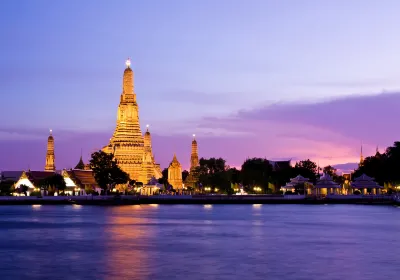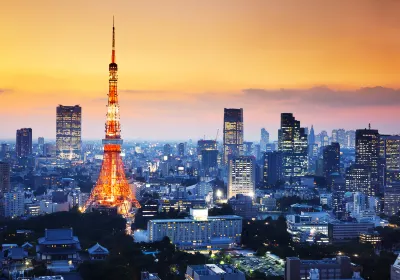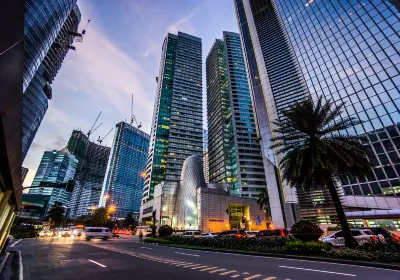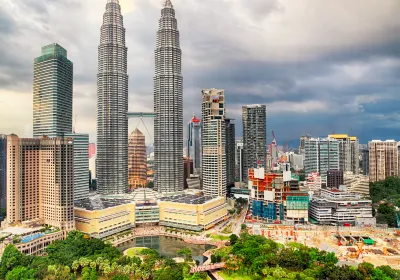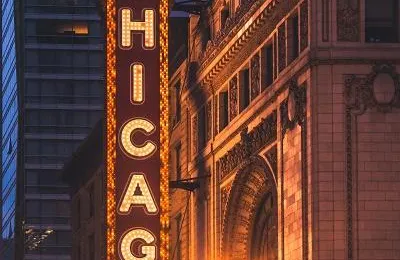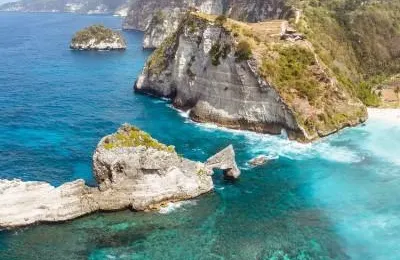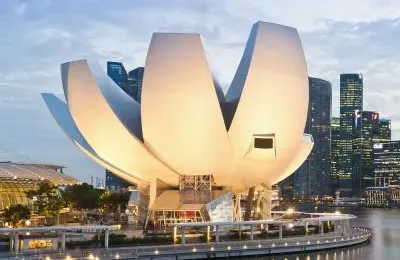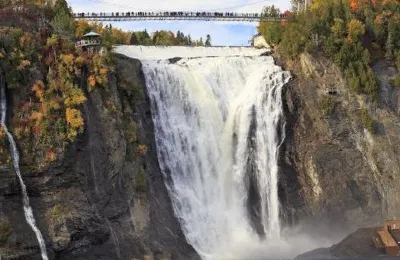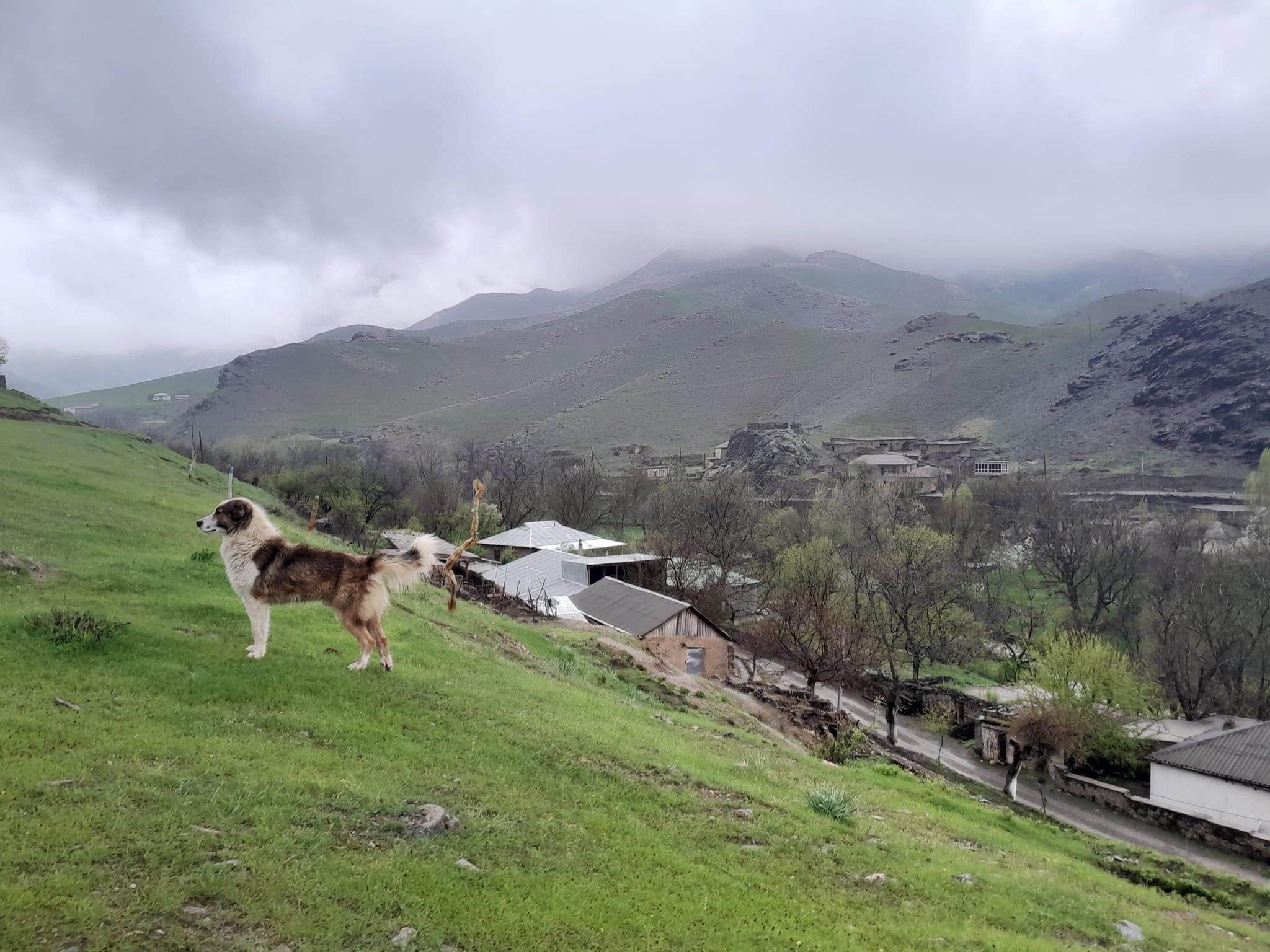Destinations
Travel Experiences
Popular Destinations
Nanchang Travel | Surigao Travel | Sapporo Travel | Phu Quoc Island Travel | India Travel | Cagayan De Oro Travel | Kathmandu Travel | Mohe Travel | Mumbai Travel | Incheon Travel | Iligan Travel | Meadow Flat Travel | Sigonella Travel | Edinburgh Travel | Tea Gardens Travel | Auckland Travel | Nanshan District Travel | Port Klang Travel | Ha Long Travel | Newton and Noss Travel | Huta-Studenets'ka Travel | Yang Tha Chang Travel | Itutinga Travel | Bhusni Travel | TT. Neo Travel | Mereti Travel | Alfredo Marcondes Travel | Sturt Vale Travel | Grafschaft Travel
Recommended Attractions at Popular Destinations
Bangkok attraction near me | Tokyo attraction near me | Manila attraction near me | Hong Kong attraction near me | Taipei attraction near me | Seoul attraction near me | Los Angeles attraction near me | New York attraction near me | Shanghai attraction near me | Kuala Lumpur attraction near me | Shenzhen attraction near me | Osaka attraction near me | Singapore attraction near me | Guangzhou attraction near me | London attraction near me | San Francisco attraction near me | Beijing attraction near me | Macau attraction near me | Bali attraction near me | Paris attraction near me | Ho Chi Minh City attraction near me | Orlando attraction near me | Jakarta attraction near me | Chicago attraction near me | Phuket attraction near me | Toronto attraction near me | Istanbul attraction near me | Dallas attraction near me | Cebu attraction near me | Seattle attraction near me
Popular Attractions
King Power Mahanakhon Sky Walk | Disneyland Park | Dongmen Pedestrian Street | Shangxiajiu Pedestrian Street | Sky100 Observation Deck | Aranya | Osaka Aquarium Kaiyukan | Yangtze River Cableway | Beijing Underwater World Exhibition | China Science and Technology Museum | Xi 'an City Wall | Shadow Church | Yalong Bay Tropical Paradise Forest Park | Northern Rockies Museum of Culture & Heritage | Shilin Night Market | Gion | Yokohama Hakkeijima Sea Paradise | Xixi National Wetland Park | Hegyesdi Castle | WT Brews - Baldwinsville | Kiosk, Princess Lake | Integrative Massage Therapy | The High Coast | Debengeni Waterfall | Nepal Trek Ways Pvt. Ltd. | Jecobie Roberts Comedy Hypnosis Show | Red Mill Museum Village | National Trust - Winster Market House | Tang Paradise | Moganshan
Popular Travelogues
Bangkok Travelogue | Tokyo Travelogue | Manila Travelogue | Hong Kong Travelogue | Taipei Travelogue | Seoul Travelogue | Los Angeles Travelogue | New York Travelogue | Shanghai Travelogue | Kuala Lumpur Travelogue | Shenzhen Travelogue | Osaka Travelogue | Singapore Travelogue | Guangzhou Travelogue | London Travelogue | San Francisco Travelogue | Beijing Travelogue | Macau Travelogue | Bali Travelogue | Paris Travelogue | Ho Chi Minh City Travelogue | Orlando Travelogue | Jakarta Travelogue | Phuket Travelogue | Chicago Travelogue | Toronto Travelogue | Istanbul Travelogue | Cebu Travelogue | Dallas Travelogue | Seattle Travelogue
Popular Travel Photos
Beijing travel photos | Shanghai travel photos | Istanbul travel photos | Los Angeles travel photos | Cebu travel photos | Guangzhou travel photos | Dallas travel photos | Shenzhen travel photos | Orlando travel photos | Toronto travel photos | Osaka travel photos | Tokyo travel photos | Hong Kong travel photos | Macau travel photos | Taipei travel photos | Seoul travel photos | Phuket travel photos | Kuala Lumpur travel photos | Manila travel photos | Ho Chi Minh City travel photos | Paris travel photos | Singapore travel photos | London travel photos | Bali travel photos | New York travel photos | San Francisco travel photos | Seattle travel photos | Chicago travel photos | Bangkok travel photos
Trending Travelogues
Top Attractions in San Francisco | Top Attractions in Chicago | Best Disney Resorts for the Kids | Top Attractions in New Orleans | Top Attractions in New York | Best Theme Parks in Europe | Top Attractions in California | Top Legoland Attractions Around The World | Things to do in Australia | Things to do in New Zealand | Things to do in Tokyo | Things to do in South Korea | Top Attractions in Asia | Earn Great Travel Rewards by Writing Reviews | Top Attractions in Bali | Top Attractions in Osaka | Best teamLab Planets TOKYO Guide: Must-Know Things Before You Go | Best Guide to Everland Korea: What to do, Transport, Tickets and More! | Ultimate Guide to Okinawa Churaumi Aquarium: Everything You Need to Know | Things to do in Macau | Best N Seoul Tower Guide: Must-Knows Before You Go! | Discover the Latest Promo Codes in Indonesia with Trip.com and Save on Your Next Adventure! | 2024 Guide to Shanghai Pudong Airport: Transit Visa & PVG Airport Shuttle | Latest Trip.com Promo Codes, Coupons, Flight Deals & Hotel Discounts (Monthly update) | Complete Guide to Fansland Web3 Music Festival: Tickets, Artists & More | JR Pass: All You Need to Know About Travel in Japan | Theme Parks in Japan | Top Attractions in China | Top Attractions in Japan | Places to Visit in Malaysia
About
Payment Methods
Our Partners
Copyright © 2024 Trip.com Travel Singapore Pte. Ltd. All rights reserved
Site Operator: Trip.com Travel Singapore Pte. Ltd.
Site Operator: Trip.com Travel Singapore Pte. Ltd.

